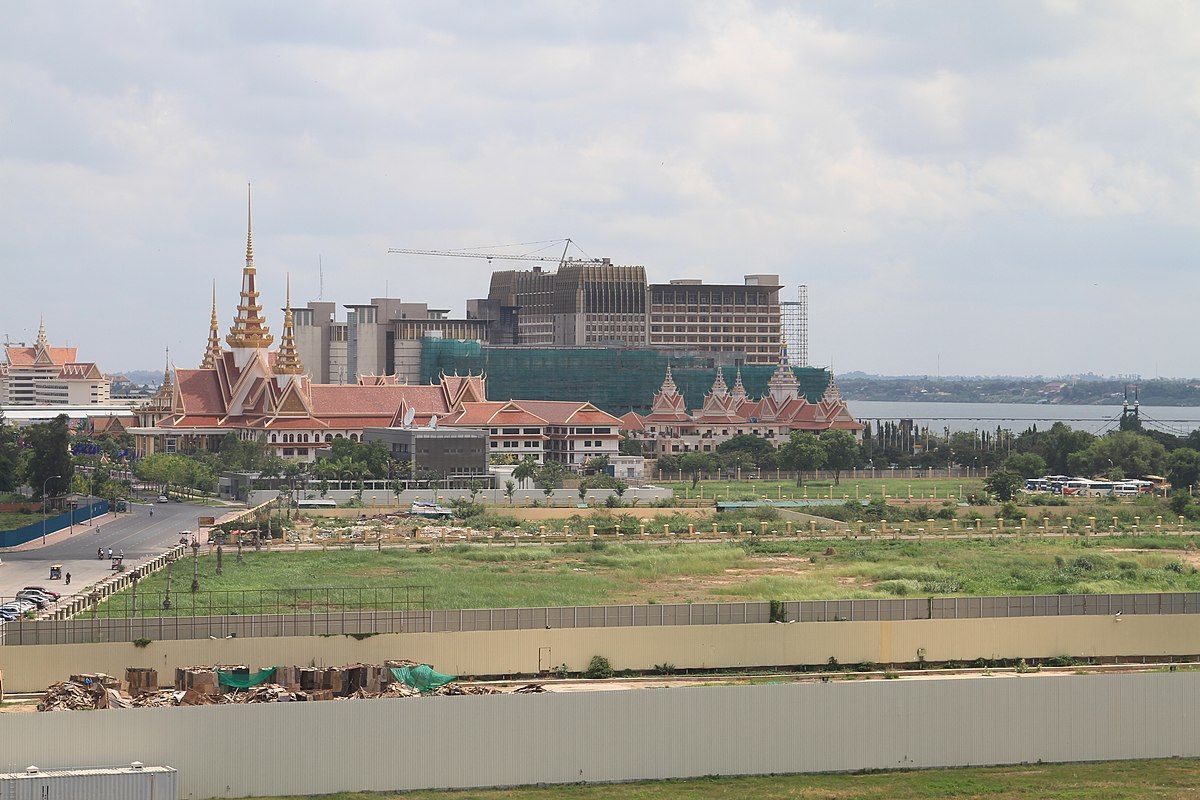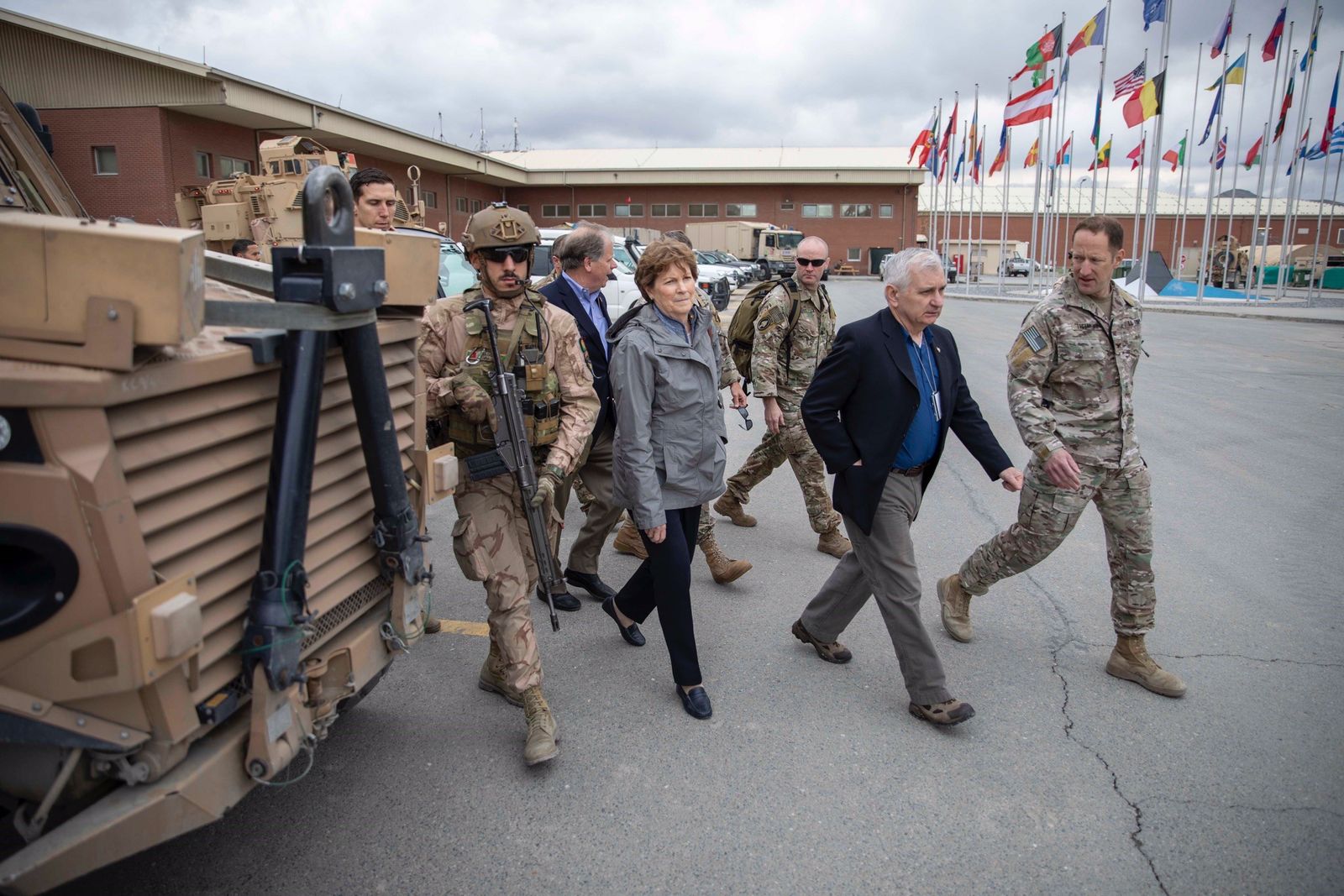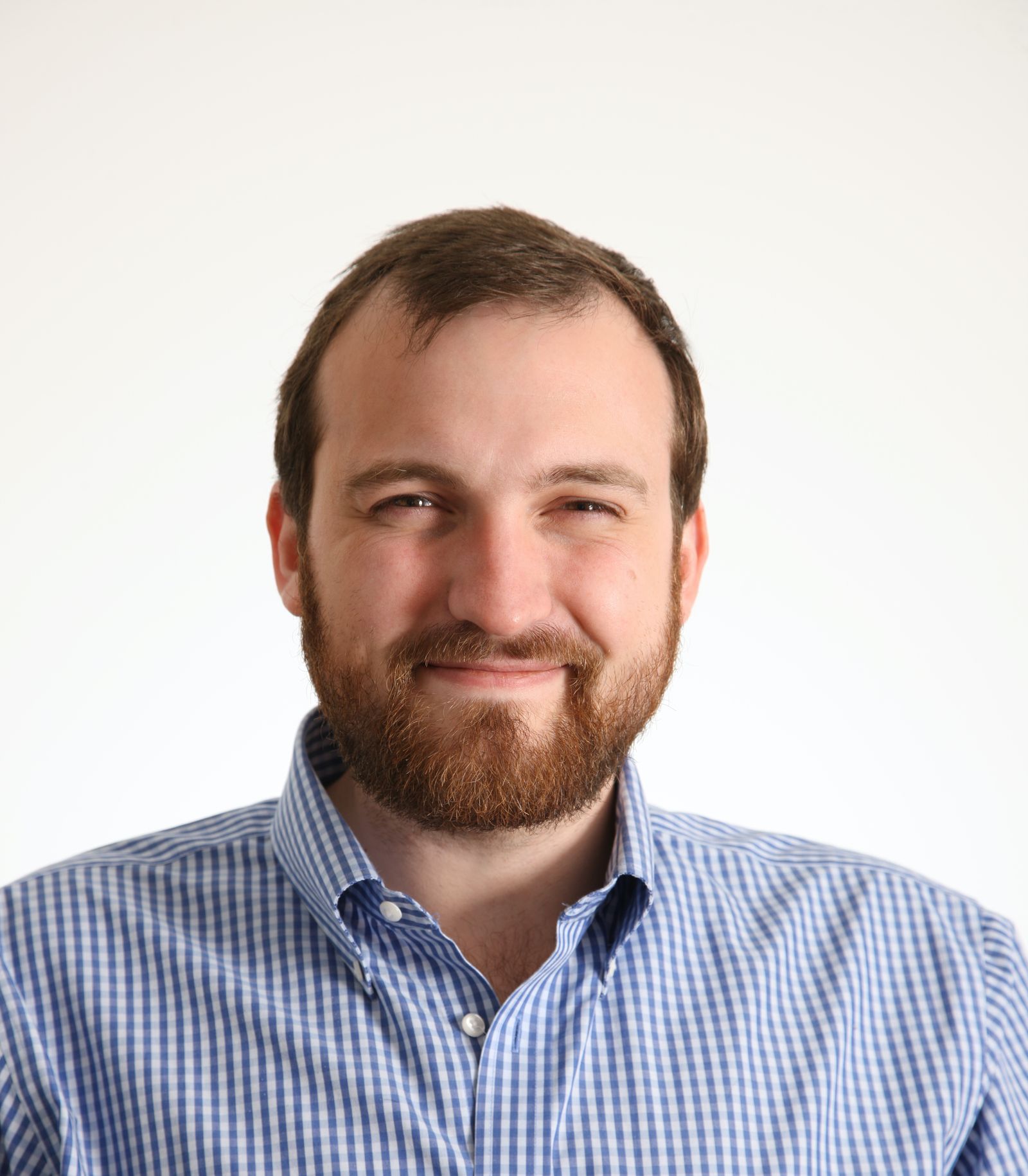In February 2024, the Minister of Education in Morocco unveiled plans to gradually introduce the teaching of the Berber (Amazigh) language in primary schools, marking a significant shift in educational policy. The initiative, set to impact four million pupils by 2030, reflects a pivotal moment in the nation's educational landscape.
The decision responds to longstanding demands from linguistic activists, underscoring the growing momentum behind efforts to preserve the language and culture of Morocco's indigenous communities. Currently, the Amazigh language is only taught to approximately 330,000 students. By expanding its inclusion within the curriculum, Morocco has taken a significant step towards recognizing and celebrating its diverse linguistic heritage, reckoning with its dark colonial past.
The current system reflects lasting French influence, as France aimed to assert cultural dominance over the North African nation during its colonial rule. Moroccan schoolchildren learn in Modern Standard Arabic or French—and, occasionally, English and Spanish—despite speaking Moroccan dialects of Arabic or Amazigh at home. Adhering to the colonial agenda of cultural assimilation, social control, and economic exploitation, the French administration implemented policies aimed at eradicating indigenous languages and traditions, substituting them with French language and culture.
However, resistance to these colonial educational policies emerged from nationalist movements, intellectuals, and grassroots initiatives. These forces face a monumental task, as the inequalities stemming from French colonial rule are deeply ingrained in the Moroccan education system. Moroccan education remains a battleground for preserving cultural heritage and asserting national identity.
Entrenched in a Colonial Past
Before the First World War, overlapping European spheres of influence in Africa made Morocco into a battleground of geopolitical rivalries. Following numerous infringements on Moroccan sovereignty—including a secret 1904 treaty between France and Spain dividing Morocco between their spheres of influence and the 1907 occupation of Oujda by French forces—the Treaty of Fez on March 30, 1912 established Morocco as a French protectorate.
Then-General of the Protectorate Louis-Hubert-Gonzalve Lyautey saw Morocco as a blank slate for Western progress that needed to be “protected” until it became “developed, civilized, living its own autonomous life, detached from the [French] metropole.” The biased, colonial view of propriety was expressed through language, education, and government. French control in Morocco was modeled after the French protectorate of Tunisia, which had a similar legacy of colonialism.
Although the sultan maintained some of his powers through decrees and seals of religious status, the French constructed a separate government of colonial bureaucracy that held superior jurisdiction. This extensive French bureaucracy included institutions for native affairs—which monitored Moroccans’ daily life and civil society—and legal matters. A native population with religious and cultural practices and a dominant French administration constituted a complex, dual-power system.
The French first oversaw only finance and public works, but their jurisdiction eventually expanded into eight departments, including education. Systems of education were established through the protectorate and originally segregated, with Muslim- and Jewish-run schools and separate schools for French and Europeans. Between 1926 and 1936, only 51 Moroccan Muslim students graduated from higher education institutions in the protectorate. The graduation figures underscore how higher education remained nearly inaccessible due to the segregationist policies of French colonizers.
One factor that explains the historical and modern discrepancies between Moroccan social mobility and that of predominantly white European countries is language. Under the protectorate, the French language was viewed as superior to Arabic, and the establishment of elite private schools with full French instruction superseded public schools taught in native languages. Moroccans thus faced monetary and linguistic barriers to higher education. The reduction of native linguistic influence and the prominence of French was thus a colonialist method of cultural suppression and forced assimilation.
“Arabization” and Linguistic Reconstruction
The ongoing debates surrounding which language to teach in Moroccan education persist, echoing the pendulum of language policies that characterized the mid- to late-20th century. Following Moroccan independence in 1956, Morocco launched an “Arabization” initiative aimed at reclaiming linguistic sovereignty and dismantling French hegemony in public institutions. This effort marked a definitive break from the influence of la francophonie, or countries in which the French held significant cultural sway due to colonization. Consequently, the medium of instruction shifted from French to Standard Arabic. Critics of Arabization lament the “neglect” of the Amazigh language, suggesting that this attempt to decolonize Moroccan education has failed to uplift indigenous voices. Other critics emphasize the potential disruptions that abrupt shifts away from French cause.
The policy’s sudden reversal of French linguistic influence had both immediate and long-lasting negative effects on the Moroccan population. Despite Arabization on other levels of education, French remained the main language of science instruction in higher education; therefore, students struggled to transition from primary and secondary schools taught in Standard Arabic to higher education taught in French.
As one student noted when surveyed: “The current Arabisation project is not consistent; it enhances our problems in studying sciences, particularly when we reach university where French is the sole medium of instruction.” Students must excel in Standard Arabic and French to succeed in the sciences. A 1996 study found that 40 percent of science students switched to the humanities in higher education because of inadequate French skills. Teachers have expressed similar concerns. One private school math teacher explained how he struggles to teach in Standard Arabic because he—like many other teachers of his generation—was educated in French. Linguistic inconsistency across different levels of Moroccan education therefore poses challenges for students seeking careers in science.
Socioeconomic disparities ingrained in Moroccan society also highlight the policy’s failures, as public schools serve a wider population of economically disadvantaged students. Wealthy and elite members of Moroccan society bypass the initiative through private education and schools abroad, motivated by better language instruction. According to a 2019 study, about nine percent of students in public schools finish middle school with “satisfactory” French skills; the proportion for students graduating from private middle schools is 62 percent. The enrollment rate for private schools in Morocco was 17.8 percent in 2022-2023, reflecting the exclusivity of a private education.
For years after independence, educators were frequently French nationals or locals educated in French institutions. This involvement speaks to the atrophy of the Moroccan education system under the French protectorate. The 1951 education budget allotted 1.92 billion francs for Moroccans and 2.29 billion francs for French colonists—the budget per French student (17,270 francs) was thus 23 times larger than that per Moroccan student (731 francs)—and the enrollment rate for Moroccan elementary schools was only 11 percent in 1954. The transition from French teachers to native primary school teachers was not finalized in Morocco until 1974, and despite this shift, the reliance on French-authored textbooks continued.
Sudden Arabization was ineffective in eradicating French influence. Morocco boasts a comprehensive and structured education system consisting of six years of primary school, three years of intermediate school, and three years of upper secondary education, followed by tertiary studies. However, traces of French colonialism persist. Notably, prestigious French mission schools—in which French serves as the primary language of instruction—remain attractive to Moroccan elites. In 2023, 70 percent of the students at Morocco’s 45 French mission schools were Moroccan.
Furthermore, within the realm of public administration, there has been a resurgence of legal proposals reminiscent of the pre-Arabization era. For instance, in 2016, Minister of Education Rachid Belmokhtar proposed a policy to reintroduce French for subjects like mathematics and sciences in secondary schools. Although initially vetoed by then-Prime Minister Abdelilah Benkirane, the proposal was later approved in February of 2016 with plans for implementation spanning 15 years, revealing that the issue remains unresolved. More recently, a 2024 joint education program between France and Morocco—in which France pledged a loan of 130 million euros (US$140.9 million) and a grant of 4.7 million euros (US$5.1 million)—is especially focused on French instruction in secondary schools.
Upward Mobility or Cultural Sustenance
Defense for the emphasis on French is partly due to its reputation as a “[language] of commerce,” with fluency seen as advantageous in the job market. To some, French enables upward mobility; historically, skilled workers often secured positions in the French-trained civil service or within sectors engaged in trade with French-speaking nations. As stated in 2019 by Hamid El Otmani, head of talent and training at the Confederation of Moroccan Employers: “In the Moroccan job market, mastery of French is indispensable. Those who do not have command of French are considered illiterate.”
The view of French as a language of commerce, however, still traces its roots to socioeconomic disparities created by colonization and the limitations of Arabization. Arabization—by creating a linguistic fissure between primary and secondary education (Arabic) and higher education (French)—undermined higher education opportunities for secondary school students taught solely in Arabic. Arabization also triggered a drastic decline in French writing skills. This shift reduced the economic premium of students after primary education by one-half, setting them behind the wealthy and privileged elite.
Moroccan schools must create an education system that acknowledges the value of French while strengthening Arabic proficiency and promoting linguistic inclusivity. Learning two languages simultaneously in a child’s development period results in heightened linguistic performance, compared to constant language switching. Consequently, incorporating Arabic into French-centric educational settings and vice versa would permit students to develop fluency in both languages, enhancing their competitiveness in the job market.
That said, the increasing emphasis on English as the new global lingua franca further complicates the linguistic conundrum in the Moroccan education system. In 2023, the Moroccan government began to incorporate English into public primary and secondary schools—English was previously only available in private schools—to improve students’ professional opportunities. The plan aims to offer English in all public primary and secondary schools by 2026. Although the Ministry of Education stated that the introduction of English “was never a break with the French language,” English is predicted to replace French as the most important second language in Morocco. According to a 2021 British Council report, 40 percent of young Moroccans believe that English is the most important language to learn, while only 10 percent choose French. These developments suggest that Morocco faces a linguistic crossroads, as French and English contend for prominence.
The Mother Tongue and Moving Forward
Against the social mobility argument for French or English, the current linguistic composition of Moroccan schooling strays from the mother tongue of the native people. While Modern Standard Arabic is taught in schools, Moroccan Arabic (also known as Darija) is often spoken in everyday life, an amalgamation of modern Arabic, Spanish, French, and the indigenous language of Morocco, Berber (also known as Amazigh). Creating greater complexity, this dialect also has regional differences, all different forms of Arabic than that traditionally utilized in classrooms. With French entrenched in Morocco's linguistic landscape, there is a clear interplay of cultural authenticity and colonial legacy in the evolution of the country’s vernacular.
Native languages anchor a child to their sociocultural heritage, and an erasure prevents an “intellectual and aesthetic creativity” that is synonymous with the mother tongue. It is therefore imperative for Moroccan education to instill Amazigh, Arabic, and native dialects. Though the inclusion of French or English may promote economic mobility, it should not overshadow the importance of cultural continuity. The prioritization of native languages in education facilitates reconciliation with the past and cultivates a culturally rich and inclusive future for Morocco.





